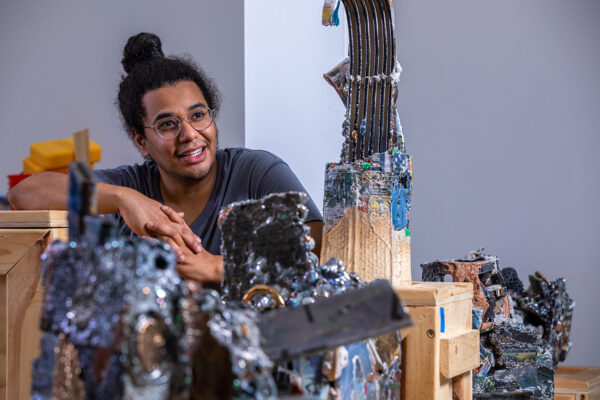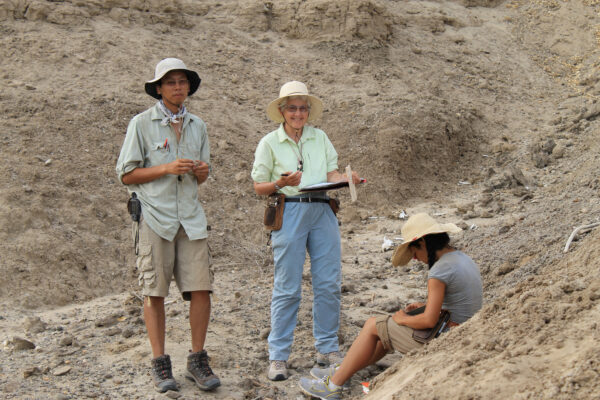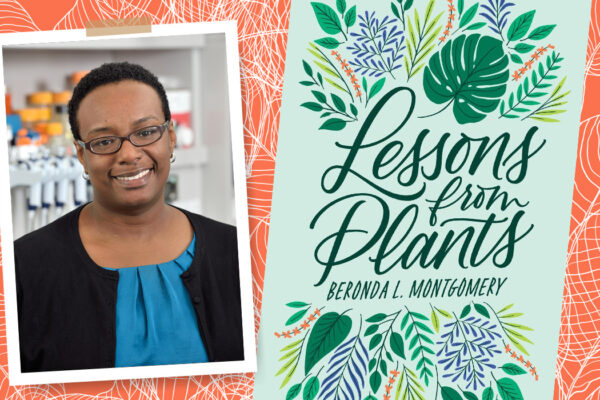The cherry trees of Washington, D.C. attract considerable crowds every spring. For Sam Fitz, AB ’06, though, a different set of flowering fruit trees — Ornamental Crabapples — are the city’s main attraction. In the fall, these dense trees drop small, brilliant red apples that dot the landscape, and through a forestry program in D.C.’s Department of Transportation, residents are encouraged to pick them. And among those so inclined, you’ll likely find Fitz, president and director of production at ANXO Cider, foraging the urban apples to feature in a special small-batch brew. “DC Estate,” as he calls it, is locally grown, red in color and “a remarkable ode to my hometown.”
Coaxing the full expression of an apple takes care and someone willing to take the time to understand its potential. This is a lesson that Fitz, one of D.C.’s first Cicerone’s — or, beer masters — learned early on. While vacationing in northern Spain, in 2014, visiting countryside wineries, he and WashU classmate Cooper Sheehan, AB ’07, stumbled upon something new: traditional Spanish sidra.
Sidra, a northern Spanish table wine, made for centuries along Spain’s Atlantic coast, is characteristically tart. It can taste “off” to first-timers more accustomed to the sweeter ciders in America. But, for Fitz, it was life-changing. “As a beer buyer in the early 2000s, I couldn’t find a lot of gluten-free options. And here we were in northern Spain, drinking great cider that was sugar free. It moved. It had dimension.” It also brought people together. Spanish cider is a beloved tradition, where it’s made and enjoyed in commercial cider houses, homes and roadside bars. “No matter where we were, there was always cider. We immediately fell in love with the food and the culture, and I knew this was what I wanted to create back home.”
Fitz and Sheehan, along with Fitz’s sister, Rachel, AB ’08, MSW ’09, would go on to found ANXO Cidery, the first urban cider house in D.C. since prohibition. Today, ANXO Cidery operates its D.C. cidery and restaurant, produces 10 products annually and has a thriving wholesale business. Their brands range from seasonal and limited release products, like the DC Estate, to core products, like Cidre Blanc and District Dry, that are available in Whole Foods and other grocery stores in more than 22 U.S. states. Recently, ANXO Cidery opened a production facility in Chambersburg, Pennsylvania, where Fitz and his colleagues are exploring ways for people to gather there for tastings or a meal.
What’s ANXO’s secret? Let each apple express itself. “We ferment in a way that no one else does,” Fitz says. “People tell us we’re crazy or risky, but we don’t make adjustments. When we ferment, we really want to bring out the best in the apples. And that means sourcing is the most important thing.”
“People tell us we’re crazy or risky, but we don’t make adjustments. When we ferment, we really want to bring out the best in the apples. And that means sourcing is the most important thing.”
Sam Fitz, AB ’06
Even without a formal background in agriculture, Fitz, an economics major, has become remarkably knowledgeable about mid-Atlantic apples, purchasing them directly from local growers. With warm, sun-filled days and a longer autumn growing season, the region can produce a wide variety of flavors. He looks for apples that are well-balanced in their sweetness, tannins and acidity, which rules out the sweeter Fuji and Honey Crisp varieties most commonly sold in grocery stores today.
“I’m looking for lesser-known varieties, like Gold Rush, with acidity levels that were popular at the grocery store 50 years ago, but still have all the aromatics that make for a great cider.” Fitz not only wants to create such great ciders — ones inspired by Sidras of northern Spain — but through ANXO’s ciders, he’d like to remind us of the deep roots apples have in our own nation’s culture. The legend of Johnny Appleseed, a young orchardman who wandered the countryside planting apple nurseries in towns and educating locals about cider, is one such example.
“For 200 or 300 years, America had one of the greatest apple cultures. People knew about apples. Children were raised on cider, not water. We’ve lost touch with our apple culture, yet it’s such a monumental part of our history.” By bringing people together around cider and food, he says, “I’d like to help everyone better appreciate this American tradition.”



